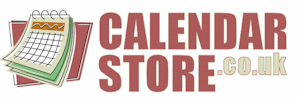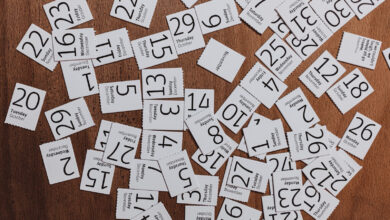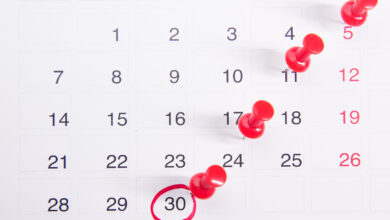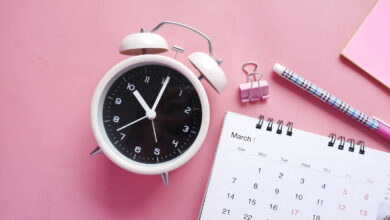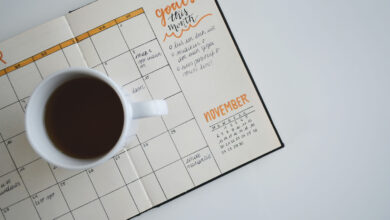The Ultimate Guide to Using a Planner for Increased Productivity
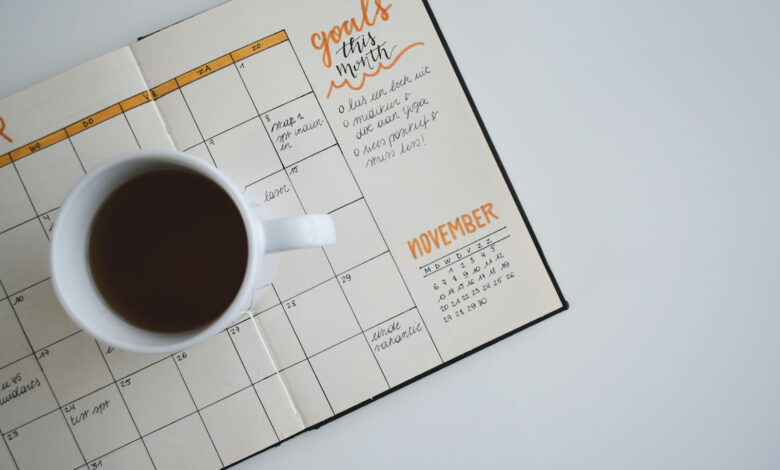
The Ultimate Guide to Using a Planner for Increased Productivity
In today’s fast-paced world, staying organized and managing our time effectively is more important than ever. With numerous tasks, deadlines, and responsibilities constantly vying for our attention, it’s crucial to have a system in place to help us stay on top of everything. This is where a planner comes in. A well-utilized planner can be a powerful tool for increasing productivity, helping us to stay focused, manage our time efficiently, and achieve our goals.
In this ultimate guide, we will explore how to use a planner to its full potential, so you can maximize your productivity and achieve success in both your personal and professional life.
Choosing the right planner
Before diving into the specifics of how to use a planner effectively, it’s important to choose the right one for your needs. There are countless types of planners available, ranging from simple daily agendas to more elaborate systems that incorporate goal setting and habit tracking. Consider your own preferences and requirements when selecting a planner. Do you prefer a physical, paper-based planner, or do you prefer a digital solution? Do you need a planner that includes space for scheduling appointments, to-do lists, and notes, or do you require a more specialized layout?
Once you’ve chosen a planner that suits your needs, it’s time to dive into the process of using it effectively to boost your productivity.
Setting goals and priorities
One of the first steps in using a planner effectively is to set clear goals and priorities. Without a clear understanding of what you want to achieve, it can be difficult to effectively allocate your time and resources. Start by identifying your long-term goals, whether they are related to your career, personal development, health and fitness, or other areas of your life. Once you have a clear vision of your long-term goals, break them down into shorter-term objectives. These objectives can then be broken down even further into specific tasks that can be scheduled in your planner.
By having a clear roadmap of your goals and priorities, you can use your planner to allocate time for the most important tasks, ensuring that you are consistently working towards your objectives.
Creating a schedule
Once you have a clear understanding of your goals and priorities, it’s time to create a schedule in your planner. Start by blocking out time for non-negotiable commitments, such as work, appointments, and other fixed events. Next, allocate time for your most important tasks and objectives. It’s essential to be realistic and specific when scheduling tasks, ensuring that you allocate enough time for each activity. Avoid overloading your schedule and leaving yourself feeling overwhelmed. Remember to include time for rest and relaxation, as well as activities that contribute to your overall well-being.
By having a clear schedule in your planner, you can ensure that you are making the most of your time and staying focused on your most important tasks.
Utilizing to-do lists
To-do lists are a powerful tool for increasing productivity, and they can be easily incorporated into your planner. Whether you prefer a daily to-do list or a weekly overview of tasks, a to-do list can help you stay organized and focused on what needs to be accomplished. When creating your to-do lists, be sure to prioritize tasks and avoid the temptation to tackle the easiest or most enjoyable tasks first. Instead, focus on completing the most important or urgent tasks first, ensuring that you are making progress towards your goals.
Incorporating habit tracking
In addition to scheduling tasks and appointments, a planner can also be used to track habits and routines. Whether you’re trying to establish a new exercise routine, improve your dietary habits, or incorporate mindfulness practices into your daily life, habit tracking can help you stay on track and make progress towards your personal development goals. Your planner can include space for tracking habits, whether it’s a simple checkbox system or a more elaborate tracking method. By incorporating habit tracking into your planner, you can ensure that you are consistently working towards improving your lifestyle and well-being.
Reviewing and adjusting
Finally, it’s important to regularly review and adjust your planner to ensure that it continues to meet your needs and help you stay organized and focused. Schedule regular check-ins with your planner to review your progress, adjust your schedule, and make any necessary changes to your goals and priorities. As you use your planner, you may also discover new ways to improve its effectiveness, such as incorporating new organization methods, utilizing different types of tracking, or incorporating new tools or resources.
By regularly reviewing and adjusting your planner, you can ensure that it remains a valuable tool for increasing your productivity and achieving your goals.
In conclusion, a planner can be a powerful tool for increasing productivity and achieving success in both your personal and professional life. By choosing the right planner, setting clear goals and priorities, creating a schedule, utilizing to-do lists, incorporating habit tracking, and regularly reviewing and adjusting your planner, you can make the most of this valuable tool. With a well-utilized planner, you can stay organized, manage your time effectively, and make progress towards achieving your objectives. So, grab a planner and start boosting your productivity today!
